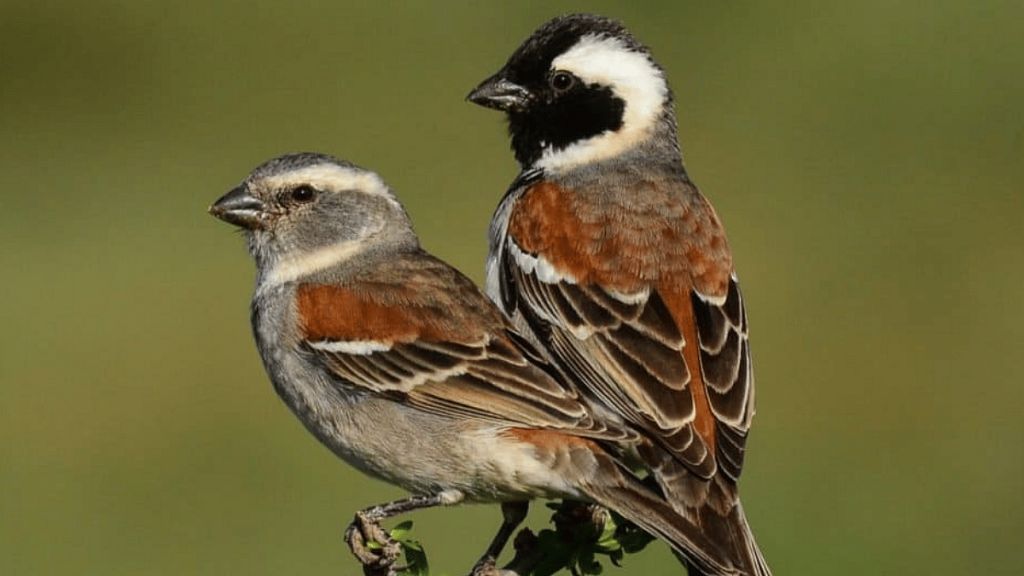
Indore (Madhya Pradesh): The Covid-19 pandemic brought the world to a standstill, but it gave house sparrows a new lease on life, according to a study by the Indian Institute of Management, Indore. The research, which analyzed birdwatching data from 2018 to 2021, suggests that the lockdowns led to a rise in sparrow sightings across India, indicating a possible recovery for the species.
The pandemic had a drastic impact on the entire world. Strict lockdowns imposed by governments worldwide hindered human behaviour and social interactions. However, the anthropause benefited ecology and environment. Wildlife sightings rose after Covid began, particularly during lockdowns. Some believe that limited movement allowed humans to spend more time observing and recording sightings.
Many sources indicate that lockdowns positively affected wildlife. In fact, researchers studied how stay-at-home orders impacted data from birdwatchers in Italy, Spain and the United Kingdom. Counts of several focal bird species changed in areas altered by the pandemic, usually increasing compared to the pre-pandemic era.
But, what about birds in India? The paper, by IIM Indore faculty member Prof Sudeep Bapat, along with his co-author, studied the effects of Covid-19 lockdowns on house sparrow counts. The study analyzed house sparrow sightings in India using eBird data (2018–2021) to examine changes during Covid-19 lockdowns.
The study categorized the timeline into five phases: before the first lockdown (pre-24/03/2020), during the first lockdown (24/03/2020–31/05/2020), before the second lockdown (01/06/2020–04/04/2021), during the second lockdown (05/04/2021–15/06/2021), and after the second lockdown (16/06/2021–30/11/2021).
Data was aggregated into variables, and bird sightings were compared across five phases of lockdown using descriptive and graphical methods. Observations around sunrise and sunset were analyzed separately, comparing 2020 lockdown data with 2018.
Finally, a Zero Inflated Poisson regression model was used to account for excess zero sightings, incorporating locality type, observation time and lockdown phase. The analysis showed that house sparrow sightings per day increased significantly after the lockdown was imposed. “More people took up bird watching as a hobby during the lockdown, leading to an increase in daily bird counts. Bird watching may have helped them cope with the challenges of Covid-19 and the lockdown.
The count was 1.143 times higher in personal localities than in hotspots, suggesting many people were engaged in backyard bird watching from their homes,” Bapat said. The sparrows were more visible because cities and towns were quieter with less human interaction.
Before Covid-19 crisis, reports indicated a decline in the sparrow population in India, prompting individuals and organizations to raise awareness about protecting the species. The analysis suggested that the sparrows may be recovering.
“Since the lockdown, more people have started bird watching and are spending longer time observing. More sparrows were seen in local areas, suggesting that with movement restrictions, people observed birds more from home instead of visiting nearby hotspots," Bapat said.
“Future research can certainly explore how these habits and trends have been sustained, but what is certain is that the pandemic gave respite to birds and bird watchers alike,” he added.